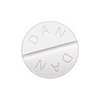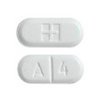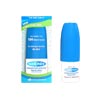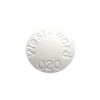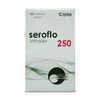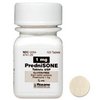INDICATIONS
Promethazine is in a group of drugs called phenothiazines (FEEN-oh-THYE-a-zeens). It works by changing the actions of chemicals in your brain. Promethazine also acts as an antihistamine. It blocks the effects of the naturally occurring chemical histamine in your body.
Promethazine is used to treat allergy symptoms such as itching, runny nose, sneezing, itchy or watery eyes, hives, and itchy skin rashes.
Promethazine also prevents motion sickness, and treats nausea and vomiting or pain after surgery. It is also used as a sedative or sleep aid.
Promethazine is not for use in treating symptoms of asthma, pneumonia, or other lower respiratory tract infections.
INSTRUCTIONS
Take promethazine exactly as prescribed by your doctor. Do not take it in larger amounts or for longer than recommended. Follow the directions on your prescription label.
Your doctor may occasionally change your dose to make sure you get the best results from this medication.
Promethazine can be taken with or without food or milk.
Measure liquid medicine with a marked measuring spoon or medicine cup, not with a regular table spoon. If you do not have a dose-measuring device, ask your pharmacist for one.
Call your doctor if your symptoms do not improve, or if they get worse while taking promethazine.
This medication can cause you to have unusual results with certain medical tests. Tell any doctor who treats you that you are using promethazine.
Seek emergency medical attention if you think you have used too much of this medicine. Overdose symptoms may include severe drowsiness, dizziness, dry mouth, large pupils, flushing, nausea, vomiting, shallow breathing, and fainting.
DOSAGE
Take it as prescribed by your doctor.
STORAGE
Store promethazine at room temperature away from moisture, heat, and light.
MORE INFO:
Active Ingredient: Promethazine

